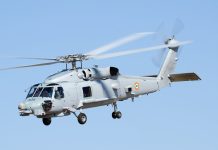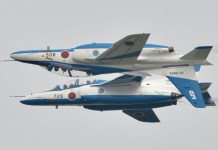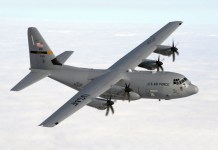Failed military negotiations between arch-rivals India and China, a terse editorial by the Chinese Communist Party mouthpiece, and a precedent of violence — are the Indian Army and Chinese troops headed towards another Galwan-like faceoff?
Despite Rafale Boost, Why Indian Air Force Remains ‘Ill-Equipped’ To Battle Chinese PLAAF Over The LAC?
History Indicates China Will Never Back-Down From A Military Confrontation With India – Analyst
The 13th round of military commander-level talks held on October 11 at Moldo on the Chinese side of the Line of Actual Control (LAC) did not yield results. The People’s Liberation Army (PLA) refused to address de-escalation in three core areas of contention: Hot Springs, Depsang Bulge, and Charding Nullah Junction.
Reports from the Indian side indicate that Beijing is not looking to go beyond the de-escalation brokered during the previous Corps Commander level talks. New Delhi has maintained that tensions across the disputed border are a result of unilateral PLA territorial assertion and attempts to alter the status quo of the LAC and in circumvention of bilateral agreements.
These talks come two months after the previous round of negotiations that were held against the backdrop of major military build-up and development of infrastructure by the Chinese PLA along the LAC.

The response from the Indian side was similar. Despite scheduled withdrawals of troops from Pangong Tso in eastern Ladakh, both sides continue to maintain anywhere between 50,000 and 60,000 personnel and sophisticated weapons close to the border.
Around 10 days ago, the Indian Army had reported Chinese transgression into Arunachal Pradesh, leading to a minor faceoff. The situation was soon resolved as army commanders from both sides intervened.
Prior to that, on August 30, 2021, more than 100 PLA troops had crossed the LAC into Uttarakhand’s Barahoti sector.
Chinese Media Blames India
While the Chinese state media has gone ballistic, attacking and accusing India over the failed talks, the PLA’s response has been measured and nuanced.

“Instead of misjudging the situation, the Indian side should cherish the hard-won situation in China-India border areas,” said Senior Colonel Long Shaohua, spokesperson for the Western Theater Command of the People’s Liberation Army (PLA), on October 11.
The Indian side should abide by the relevant agreements and consensus reached between the two countries and two militaries, show sincerity and take concrete actions to jointly safeguard peace and stability in the border areas with China, the spokesperson added.
China’s state-owned Global Times published an article accusing New Delhi of LAC transgressions. It claimed that the Indian Army unlawfully obstructed a Chinese patrol in the region.
It further alleged that New Delhi floated rumors via its media that PLA troops were apprehended by Indian soldiers.
Analysts quoted in the article claim that New Delhi has not learned from the previous Galwan experience, referring to the bloody confrontation where 20 Indian soldiers were killed and scores injured compared to four PLA soldiers that were killed in the duel.
The article cautioned that New Delhi should accept culpability for what it considers as transgressions. The Global Times indicated that a relatively calm along the LAC has been breached by New Delhi and went on to assert that Beijing has shown restraint over such rumor-mongering, however, it should not be considered as tolerance for slander.
The Chinese daily accused India of breaching previous bilateral agreements, gave Chinese interpretations of “previous transgressions” made by the Indian side and highlighted issues, which might affect the outcome of Corps Commander level military negotiations.
The Global Times made a special mention of the alleged detention of PLA troops by the Indian military during the recent faceoff in India’s Arunachal Pradesh.
An Indian source confirmed this development to The EurAsian Times. He said the Indian Army did “temporarily host” PLA personnel before having to let them go following “diplomatic requests”. The source went on to say that the Indian military has become more aggressive since the June 2020 Galwan Valley clash.
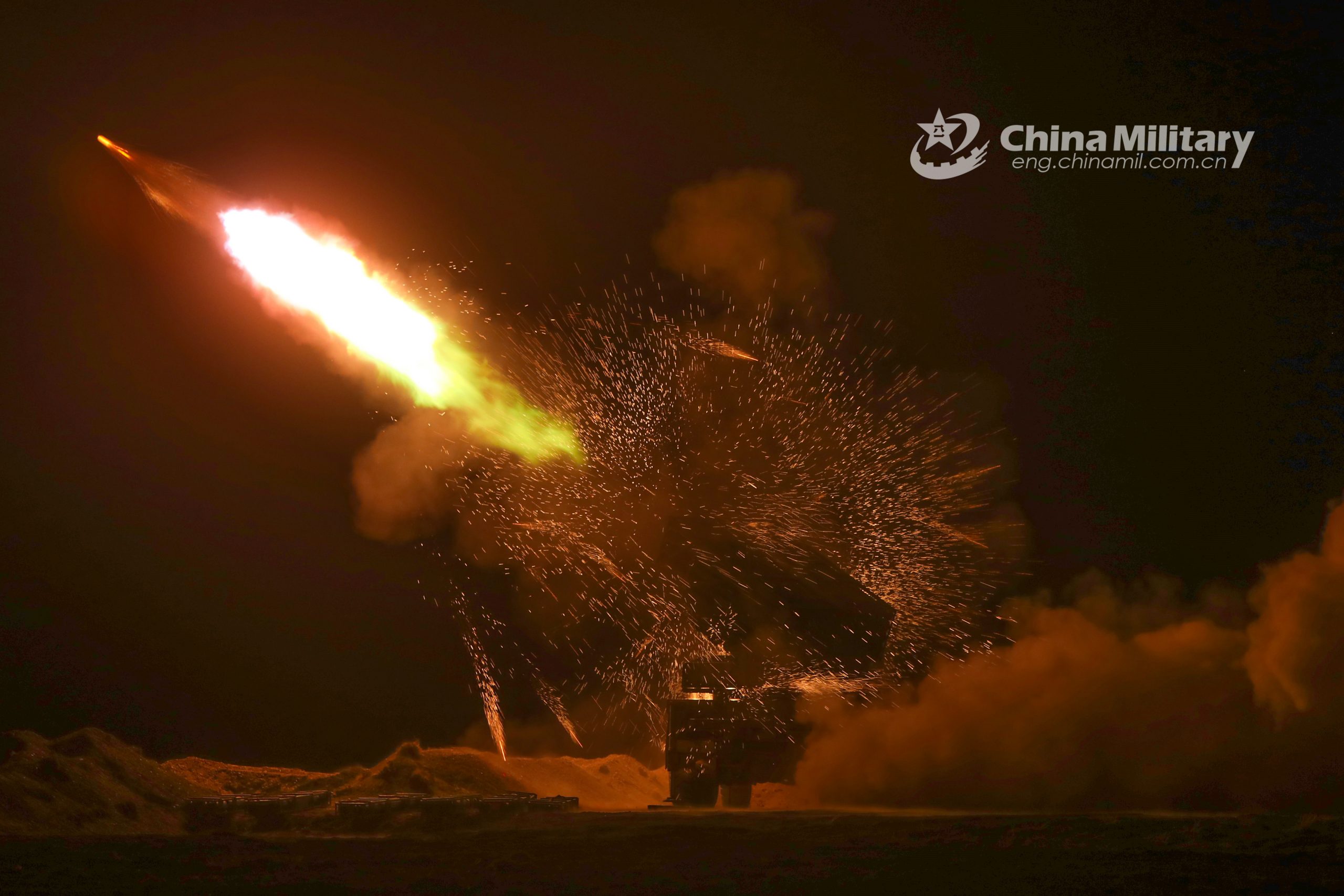
Military veteran, author, and strategic affairs columnist, Manan Bhatt offered a different take, “The failed talks at Moldo and some other developments are a fallout of the incident at Tawang (Arunachal Pradesh) in the eastern sector of the India-China boundary where a sizable patrol party of Chinese PLA men – somewhere around 200 soldiers were confronted and many were captured by the Indian Army, kept in Indian custody for hours and released after negotiations.
“The humiliation at Tawang resulted in the release of some photos of injured Indian men surrounded by Chinese soldiers, probably from the previous year’s Galwan incident. I think, in tune with their Pakistani friends, the Chinese have taken information warfare so seriously that they have started to claim every defeat of theirs with fake shouts of victory.
“Exactly after a week of the release of the photographs supposedly from the Galwan incident and a failed talk at Moldo, the Chinese government’s mouthpiece Global times has posted an editorial titled ‘India Military Learned nothing from last year’s clash: Observers’ containing highly provocative and offensive language which is laughingly based on the strategically released photographs.
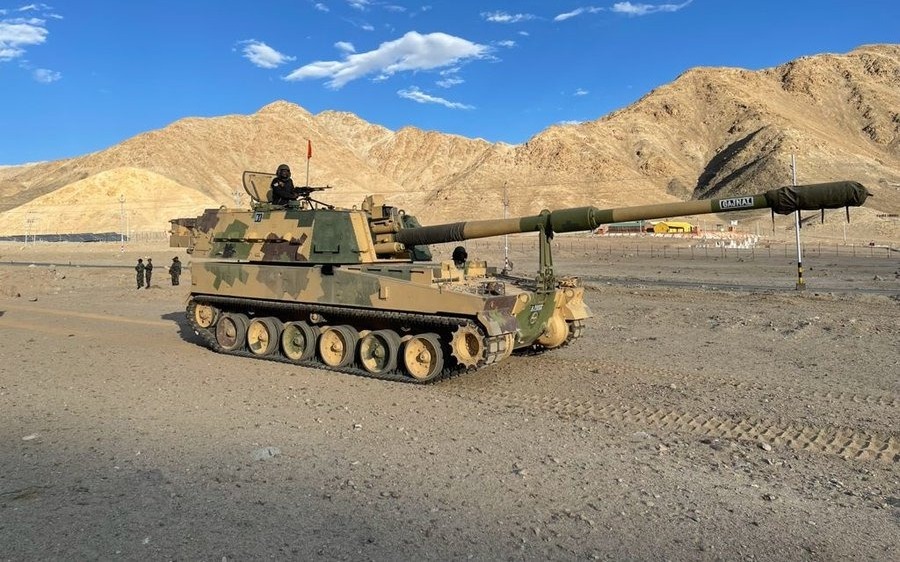
“The Chinese build-up along the LAC has been met with equally strong build-up on our side. The mighty Indian Army has shown steely resolve and every move of the PLA has been foreseen and averted by the elephant.
“The 13th round of military-level talks at Moldo garrison have shown the diplomatic powers of the Indian Armed Forces. The Chinese blame game and frustration are evident…The Indian Army has arrived at the world stage as being the only force who could stop the Chinese juggernaut.”
“I give credit to the Chinese PLA for their information warfare. Keep it up. By that time, the Indian Army is doing what it does best. Taking the enemy head-on, pre-empting and defeating them in their every move,” the analyst concluded.
A Precursor To Clashes or Psy-Ops?
Prior to the 2020 Galwan Valley clashes, The Global Times had published an editorial cautioning New Delhi of consequences. This connection was previously reported by the EurAsian Times.
This precedent has some quarters feeling that this Global Times piece serves as a subtle threat hinting at potential violence in the near future. The collapse of military-to-military level talks only adds to such speculations.
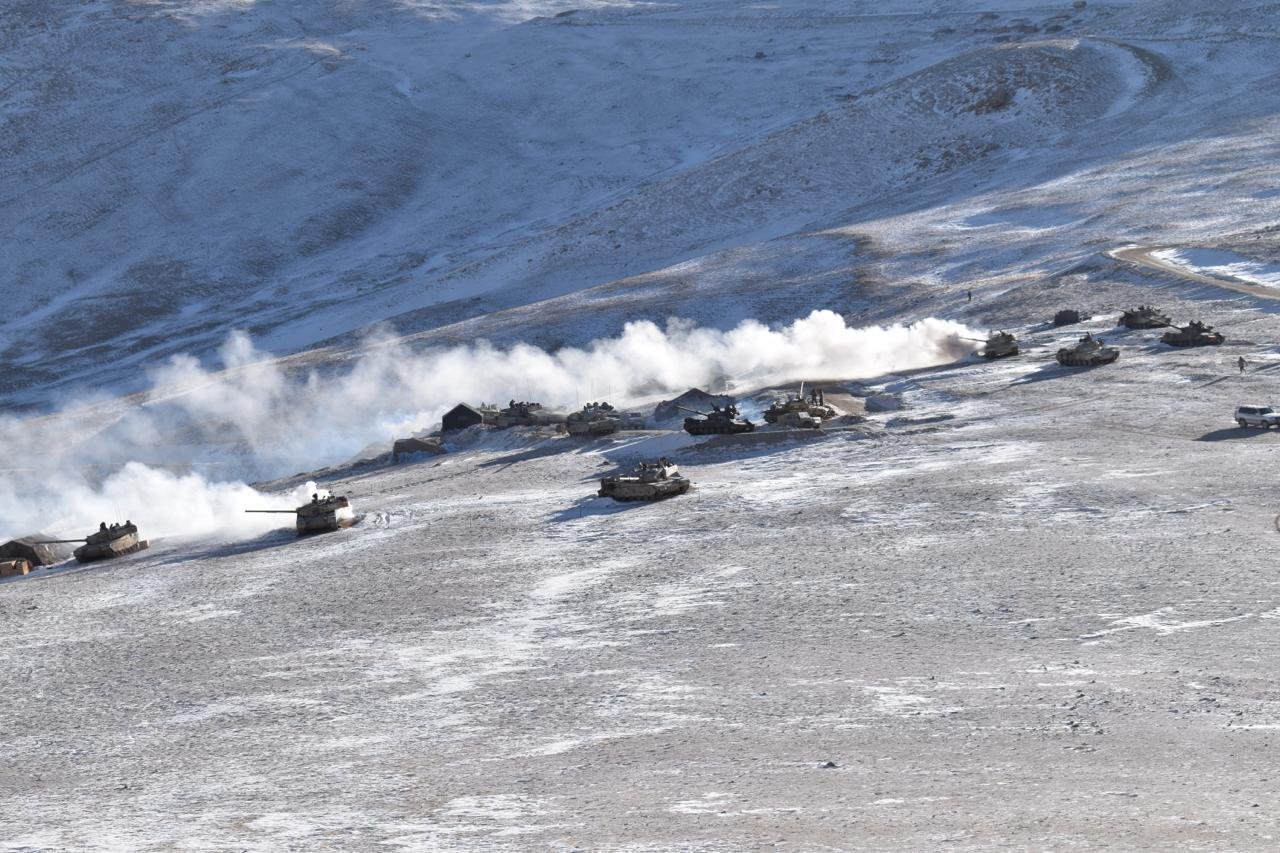
However, Indian military veterans rejected the idea. Senior strategic affairs analyst, Major General Raj Mehta (Retd), called the Global Times editorial “just typical psychological warfare. Needs to be dismissed as empty words of no consequence”.
Maj Gen. VK Madhok (Retd) echoed this view by saying, “The editorial is nothing more than propaganda. Such antics are as old as warfare itself. The Corps Commander level talks were bound to fail, nothing out of the ordinary in that regard. There is no cause for alarm, a health level of military alertness and presence is required. Misadventures will not suit either side.”
According to Air Vice Marshal Pranay Sinha (Retd), “The report of GT dated 10 October, the mouthpiece of CPC, is indicative of the party and military line that would be towed in forthcoming days. GT assertiveness, false claims, and jingoism were a precursor and hint for the ensuing 13th talk at Chusul Moldo, and that’s what happened. The talk failed. Chinese displayed belligerence through their mouthpiece and spokesman.“
“This frustration of the Chinese getting reflected through GT is mainly due to various reports emerging of India’s success in different bilateral and quadrilateral meetings and in the conduct of marine strategic exercises in Indo-Pacific region and also due to painting of Chinese troops, especially of their Generals, poor health. However, India needs to henceforth, tread very cautiously and should not expect fall-back on any country”.
Military author and analyst Colonel Vinay Dalvi (Retd) said, “China is currently embroiled in over a dozen land and maritime disputes of varying scales with around 17 countries. Any present chest-thumping by China can be considered aggressive posturing at best; any major clashes with Indian troops are unlikely to take place in the foreseeable future. Their present strategic gaze is towards the Indo-Pacific, particularly Taiwan.”
“One must also have a realistic assessment of the adversary, how much can they do without being stretched thin? However, that said, we do have a dragon on our doorstep and must remain vigilant, lest we find ourselves in another Himalayan blunder!” Col. Dalvi opined before signing off.
- Aritra Banerjee is a defense journalist who has worked in both online and print media. He has laid an emphasis on issues related to military human resources, tactical psychology, military-media relations, professional military education, and combat fitness. He can be reached on email: aritrareporter@gmail.com.
- Follow EurAsian Times on Google News
- The article has been updated with additional comments from an expert

